Microphones
-
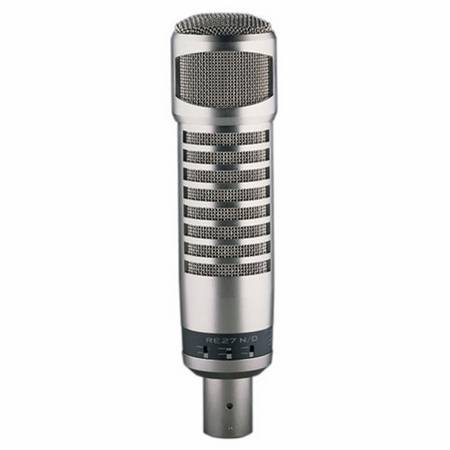
Broadcast Microphones
-
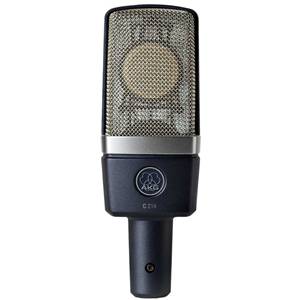
Condenser Microphones
-
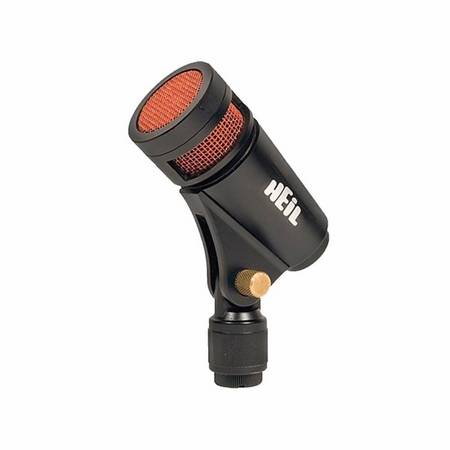
Drum Microphones
-
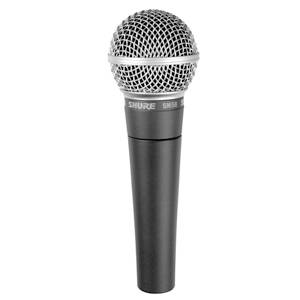
Dynamic Microphones
-
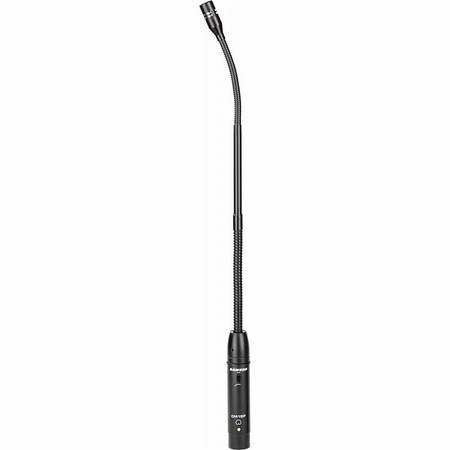
Gooseneck Microphones
-
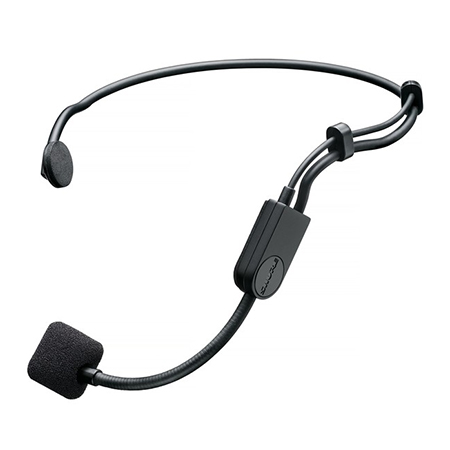
Headset Microphones
-
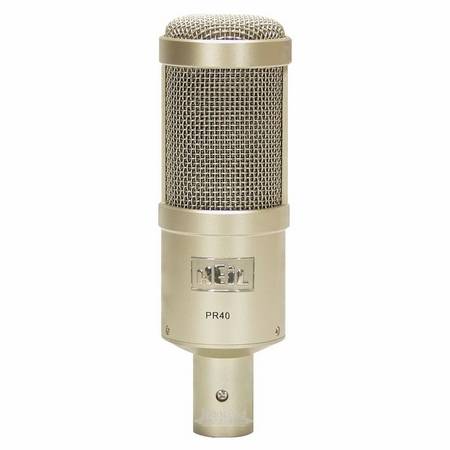
Studio Vocal Microphones
-
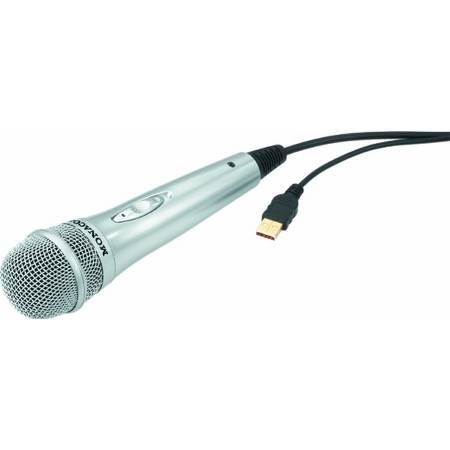
USB Microphones
-
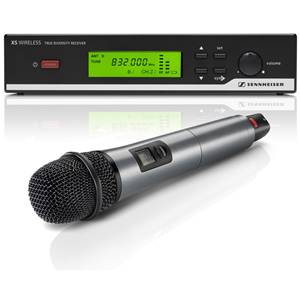
Wireless Microphones
-
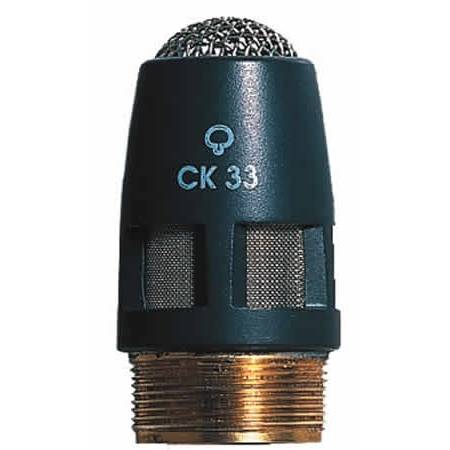
Installation Microphones
-
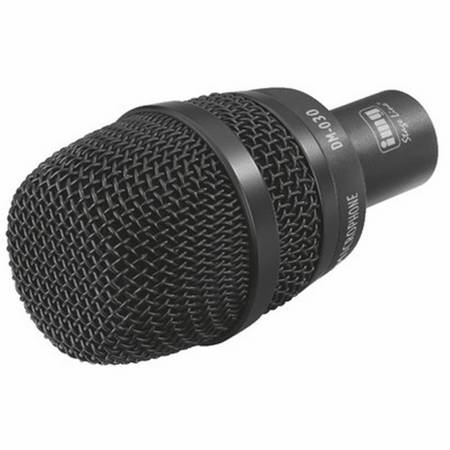
Instrument Microphones
-
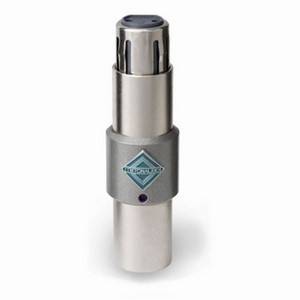
Mic Transformers
-
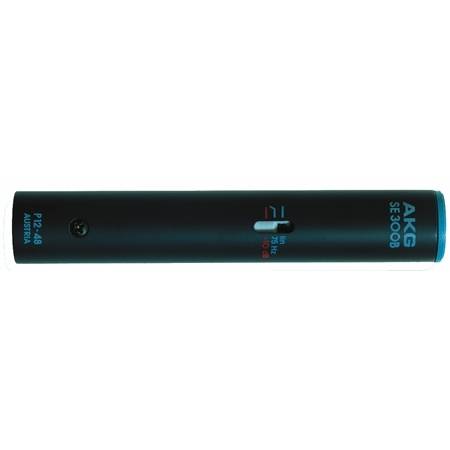
Modular Microphones
-
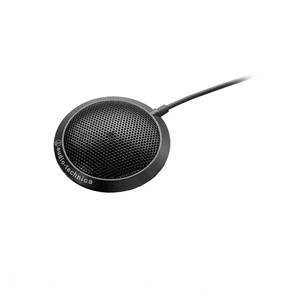
Other Microphones
-
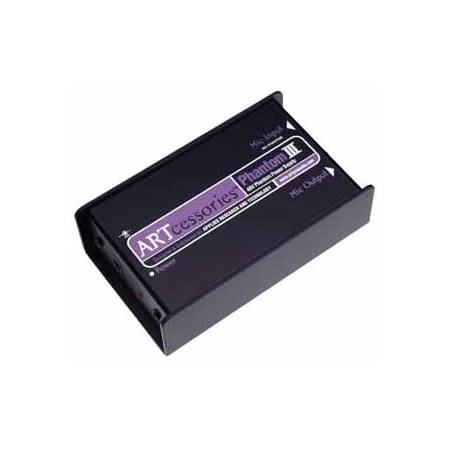
Phantom Power Supplies
-
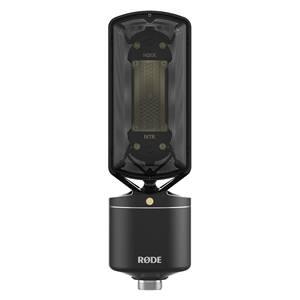
Ribbon Microphones
-
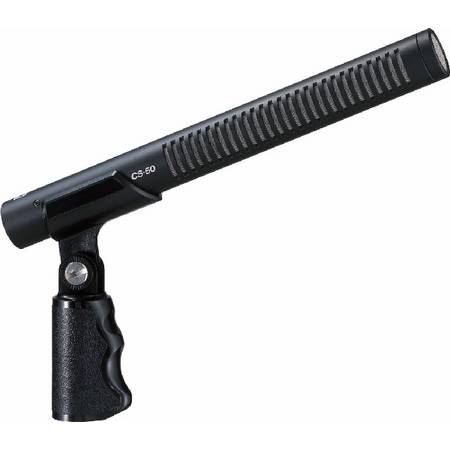
Shotgun and Camera Microphones
-
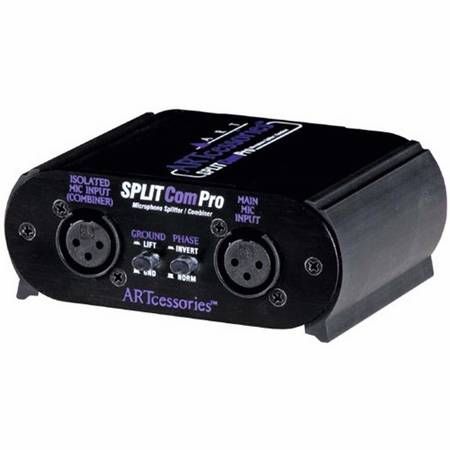
Splitters and Combiners
-
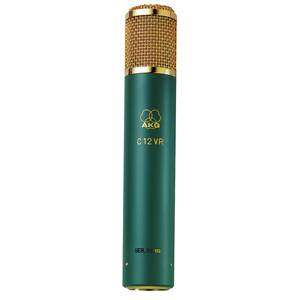
Valve Microphones
-
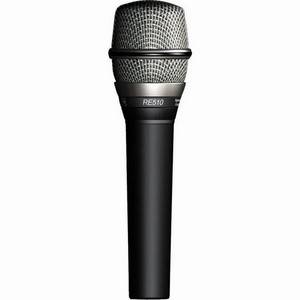
Vocalist Microphones
-
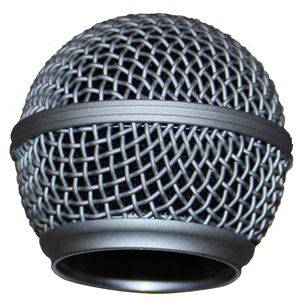
Mic Accessories
What type of microphone do I need?
Condenser Microphones are perfect for recording vocals and a wide range of instruments in the studio. Condensers have a faster output, but they are also more susceptible to loud sounds. Condenser microphones are usually powered by 48v phantom power which is delivered via an XLR cable connected to a stand-alone microphone preamp, mixer, or audio interface.
Dynamic Microphones are the ideal live-setting microphones as they can withstand the heaviest of treatments night after night. With their impressive durability comes their excellent sound quality. Featuring a flat frequency response, they can handle high-volume sources such as guitar amps, drums and wind instruments.
Being passive, they won’t require any power as a condenser microphone does. Dynamic mics are a go-to choice for most podcasters and broadcasters as they’re less susceptible to picking up other sound sources than a condenser microphone.
Other types of microphones include Ribbon, Shotgun and Camera, and USB Microphones.
We stock a wide range of condenser and dynamic microphones from brands including Neumann, Shure, Rode, Audio Technica, Sontronics and Imperative Audio.
What are polar patterns and why are they important?
The way that we display a microphone's directional sensitivity is with a polar diagram. If 0 degrees are at the top indicating the front of the mic and 180 degrees are directly behind the mic, then we can get a plot of the sensitivity across the microphone's whole 360-degree field.
Cardioid, Omni, Figure-8 and shotgun are the most popular patterns, and these determine the best application for different microphones.
For more information on polar patterns, you can watch our video here.
We’re here to help, so contact us if you have any questions.





